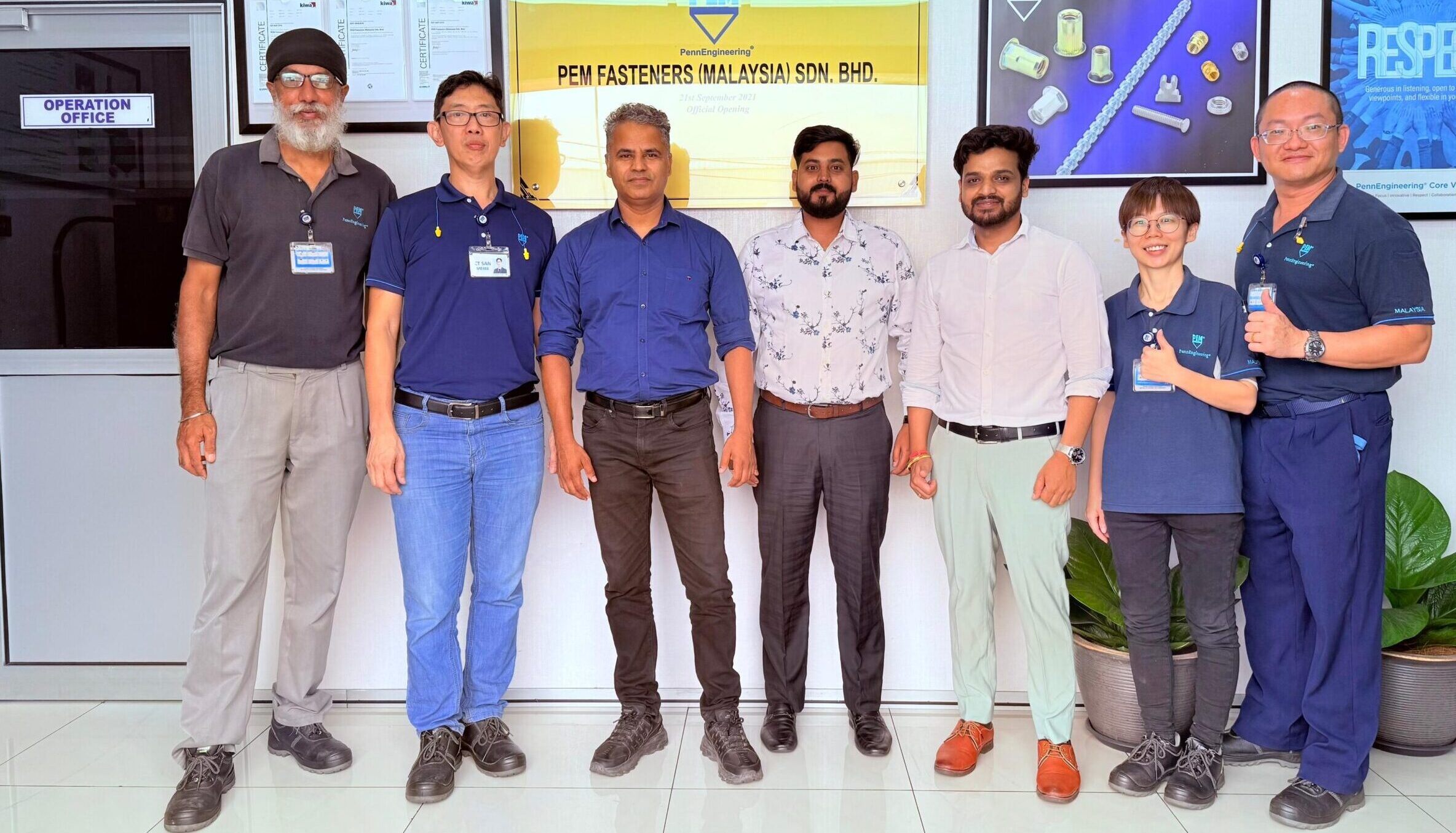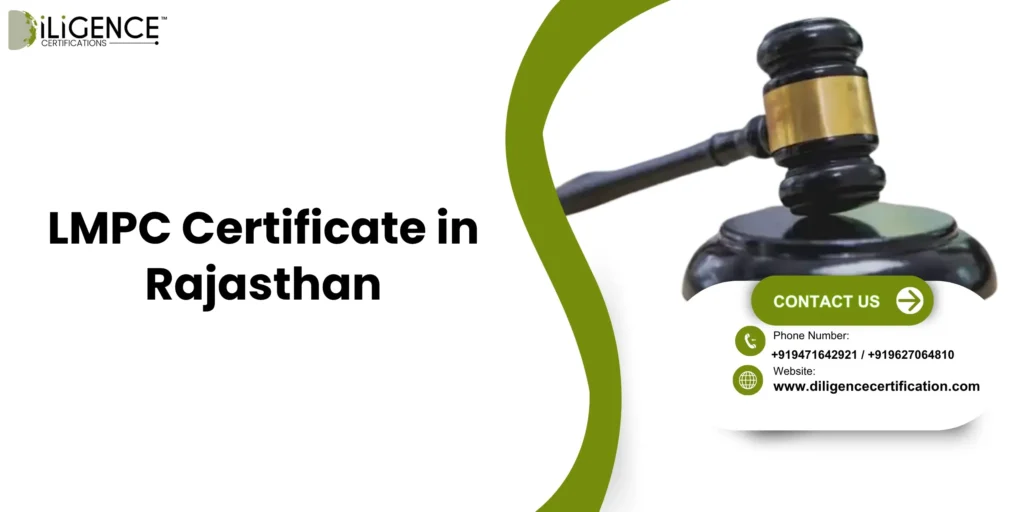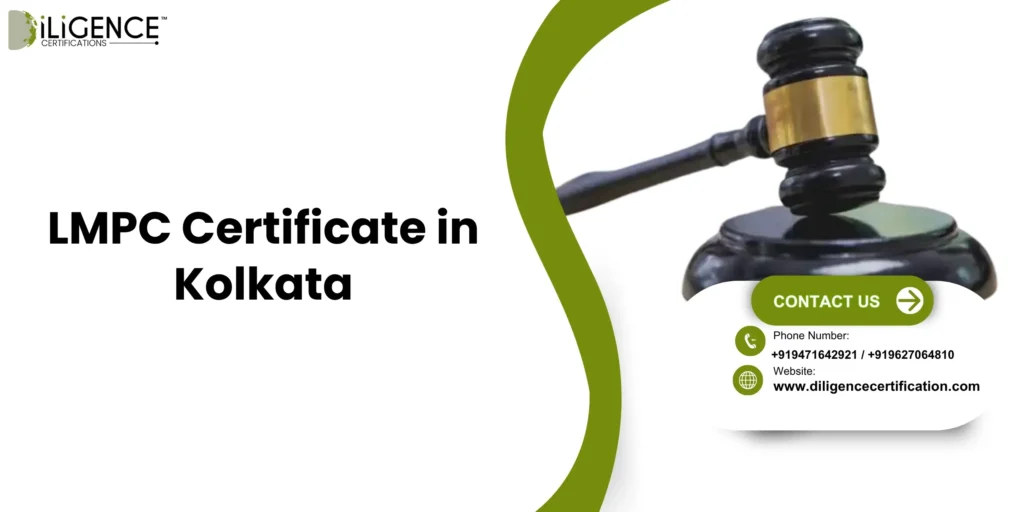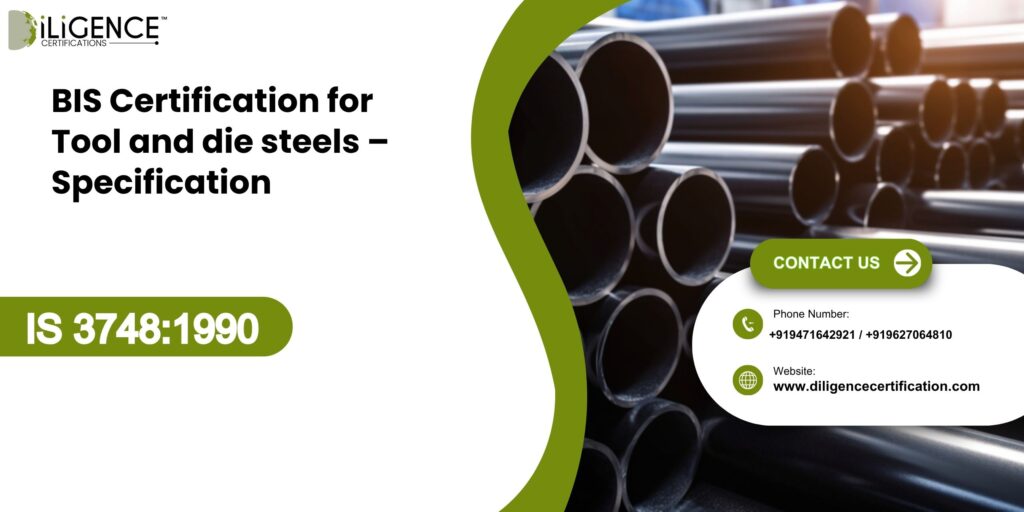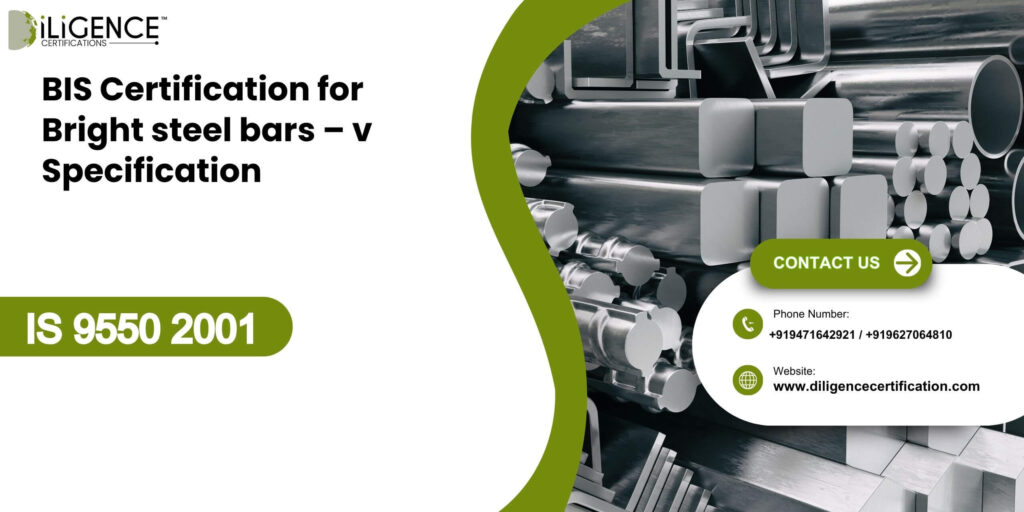- BIS certification IS 7887:1992 is a must for mild steel wire rods in India.
- The standard specifies the product’s chemical, mechanical, and dimensional quality requirements.
- The process for certification includes product testing, factory inspection, and license approval by BIS.
- Certified rods become faster and more popular among the market and buyers trust them.
- Moreover, tying the certification to quality management systems elevates the company’s stature.
Introduction
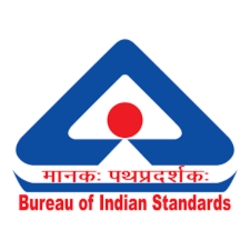
A Pune-based manufacturer of mild steel wire rods faced a situation where their shipment was rejected due to the absence of a BIS-certified mild steel wire rod under IS 7887:1992. Though the product was passing through the internal quality checks, the buyers insisted on the production of a certificate of compliance with the national standards. Such a situation is typical of the engineering and metal industries of India, where BIS certification has become a decisive factor. The certification is a guarantee that wire rods have met the chemical, mechanical, and dimensional standards required for safe and reliable use. Bureau of Indian Standards
What is IS 7887:1992?
IS 7887:1992 is an Indian Standard that defines the quality, composition, and mechanical requirements for mild steel wire rods used in general engineering applications. It is intended for general engineering use and helps in maintaining standard production across Indian manufacturers and importers for safety and performance.
Key Points:

- The specification defines the requirements for hot-rolled mild steel wire rods.
- Covers the chemical composition, mechanical strength, and elongation.
- Describes the dimensional tolerances and the acceptable surface finish.
- Gives the assurance that the wires do not have defects such as laps, seams, or cracks. ISI MARK
- IS 7887:1992 serves as a reference point for BIS certification and level of product quality in the engineering sector.
Why is BIS Certification Mandatory
BIS certification is required by law for mild steel wire rods according to IS 7887:1992 in order to ensure that all products available in the Indian market meet uniform safety, quality, and performance standards. The Bureau of Indian Standards (BIS) regulates this to safeguard the consumers and to ensure that fair trade practices are adhered to within the engineering and construction sectors.
Key Points:
- It is an instrument, which helps to make sure that the manufacturer will follow the chemical and mechanical specifications of IS 7887:1992, as laid down in the standard.
- The certified products bear the ISI mark, which is the proof of authentication and conformity.
- Making certification compulsory keeps the market free from substandard or unsafe steel products.
- It creates customer loyalty and assists the industry in fulfilling the mandatory and procurement requirements of the law.
- Failure to comply with the requirements of the standard may result in a fine, the confiscation of products, or the loss of business opportunities.
Importance & Benefits of BIS Certification
| Importance | Benefits |
| Ensures product quality and safety as per IS 7887:1992 standards | Builds customer trust and market credibility |
| Mandatory for legal sale and distribution in India | Prevents legal penalties and product rejection |
| Promotes standardisation across manufacturers | Improves consistency and reduces production defects |
| Acts as proof of compliance for buyers and regulators | Increases chances of securing government and large industrial contracts |
| Supports export readiness through recognised Indian standards | Enhances brand reputation and long-term competitiveness |
Step-by-Step Process of BIS Certification

Step1:Documentation
- Collect manufacturing unit details and process flowcharts.
- Prepare quality control and testing records.
- Include product specifications as per relevant IS standard.
- Make sure that all documents are properly signed and verified.
Step2:Product Testing
- Send product samples to a BIS-recognized laboratory.
- Tests are conducted as per the specific Indian Standard (e.g., IS 7887:1992).
- Get a real test report showing the results for all the parameters tested.
- Keep the tested sample identification corresponding to the production batches.
Step3:Application Submission
- Fill the BIS online application form accurately with all required details.
- Attach laboratory test reports and supporting documents.
- Pay applicable government fees for application and testing.
- Submit the complete set for BIS review and acknowledgment.
Step4:Scrutiny and Inspection
- BIS officers review documents and test results for compliance.
- A factory inspection is conducted to verify production capability.
- Inspectors check lab equipment, quality systems, and product marking.
- Non-conformities, if any, must be corrected before approval.
Step5:Grant of License
- BIS issues the license after successful audit and compliance.
- The manufacturer receives authority to use the ISI mark.
- License details are listed on the BIS official portal.
- Regular surveillance and renewal ensure continued conformity.
Documents Required for BIS Certification
| Document | Purpose |
| Application Form | Request for BIS certification |
| Test Report | Proof of product compliance |
| Manufacturing Details | Process and machinery information |
| Quality Control Records | Evidence of in-house testing |
| Factory License | Business and location proof |
| Raw Material Details | Source and composition info |
| Marking Sample | ISI label verification |
| ID Proof | Authorized signatory validation |
Timelines, Costs, Validity & Renewal
- Timelines: The completion is mostly achieved within 30–60 days and it largely depends on the documentation and testing.
- Costs: It is a sum of application, testing, and auditing fees that are determined by the product type and the plant size.
- Validity: The license is valid for 2 years from the date of issuance.
- Renewal: It is necessary to have test reports up to date, show compliance and pay the renewal fee before the date of expiry for continuing the license.
Why Choose Diligence Certifications
- An experienced team with deep knowledge of the BIS certification process for steel and engineering products.
- Support at every step from the documentation phase up to the licence grant.
- Interaction with the labs that are recognized by the BIS for the correct testing.
- Support during the factory inspections so that the factory meets the requirements fully.
- A clear process with very few delays and risks of rejection.
- Clients’ approvals and satisfaction achieved in less time, as evidenced by the track record.
Conclusion
BIS Certification for Mild Steel Wire Rods as per IS 7887:1992 is definitely advantageous besides being necessary by law. This certification is a great relief to the consumers as it assures that the products meet the national standards in terms of strength, composition, and other quality parameters. Aligning the production and testing processes with the BIS standards, companies not only protect themselves from the risk of non-compliance but also build their brand reputation. The right certification partner makes sure that the whole journey is hassle-free, precise, and fruitful in the long run.
Frequently Ask Questions
What is IS 7887:1992?
IS 7887:1992 is an India Standard that specifies the quality, material, and mechanical strength aspects of the mild steel wire rods which are basically meant for general engineering works.
Why is a BIS certificate essential for mild steel wire rods?
BIS certification is a means of ensuring that the safety, quality, and performance standards of the wire rods that are being sold in the Indian market are always maintained. The Bureau of Indian Standards (BIS) is the defining authority for these norms.
Who is obliged to have BIS certification under IS 7887:1992?
It is mandatory to put a BIS mark on a product for the local manufacturers and parallel importers of mild steel wire rods that intend to sell or distribute such type of products in India.
How much time is needed for the BIS certification?
BIS mark time is not a point of focus; it varies from 30 to 60 days and depends such factors as having all the necessary documentation ready, product testing, and factory inspection results.
Which are the major tests performed for the certification?
Among the tests to be carried out are those relating to chemical composition, tensile strength, elongation, dimensional accuracy, and surface defects.
What documents are needed for BIS certification?
Among the most crucial documents are the properly filled application form, quality report, manufacturing details, quality-control documents, a license for the factory, and the ID of an authorized signatory.
How long is the BIS license valid?
The BIS license is valid for a period of two years counted from the day it was issued. The license may also be renewed prior to the expiration date by providing the updated compliance documents.
What advantages of the BIS certificate do manufacturers have?
It makes the manufacturer get access to the market with ease, an increase in customer trust, compliance with the legal requirements, and permission to serve government and industrial clients.
What are the consequences if a manufacturer sells uncertified wire rods?
If the manufacturer engaged in the selling of non-certified products, it is regarded as a violation of the BIS Act, and some of the consequences that may follow are fines, the seizure of goods, and the loss of business reputation.
How Diligence certifications can make the BIS process easier?
Diligence Certifications is a helpful facilitator that through the provision of services helps the client to be ready with the documentation, testing, factory audit, and obtaining the BIS approval process.








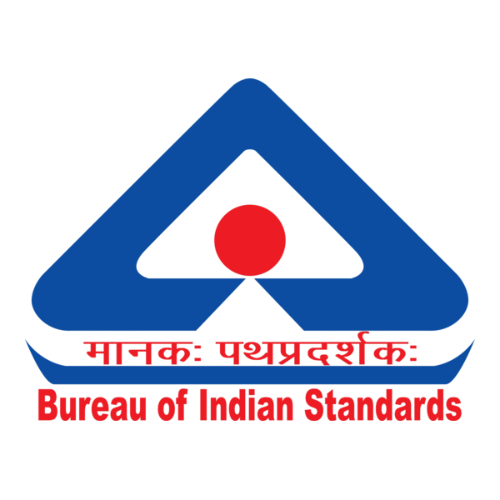 BIS Certification
BIS Certification
 CDSCO
CDSCO
 CPCB
CPCB
 LMPC
LMPC
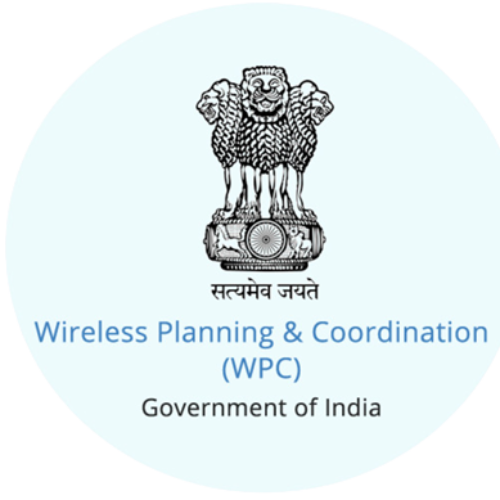 WPC Approval
WPC Approval
 Global Approvals
Global Approvals
 TEC
TEC
 ARAI
ARAI
 BEE
BEE
 ISO Certification
ISO Certification
 Drone Registration
Drone Registration
 NOC For Steel
NOC For Steel



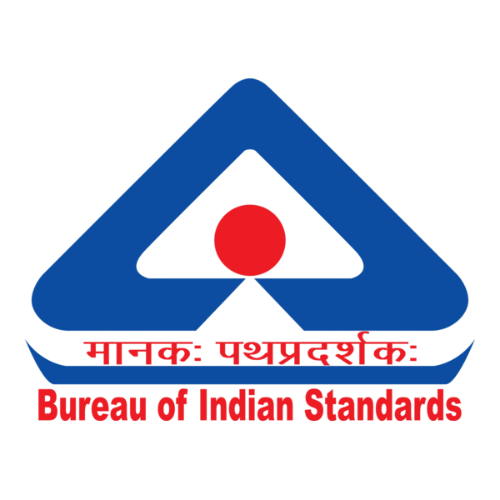




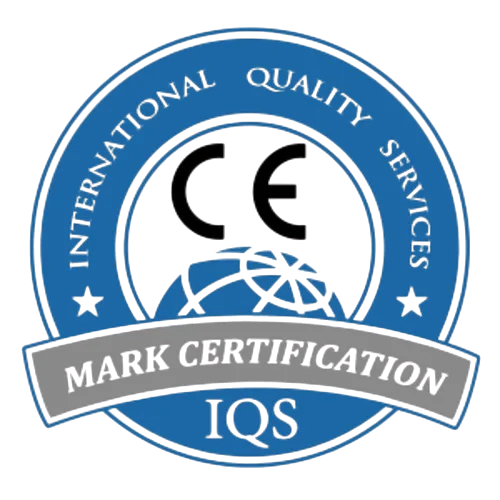


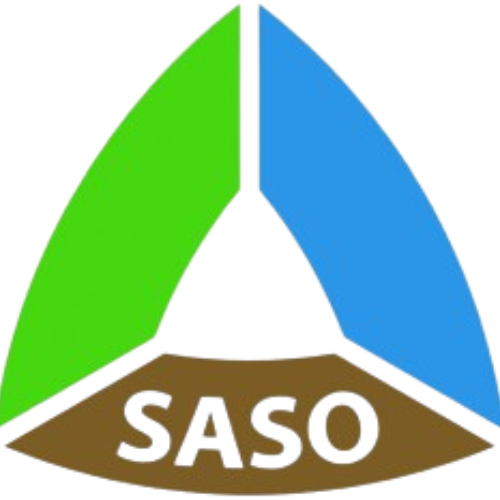


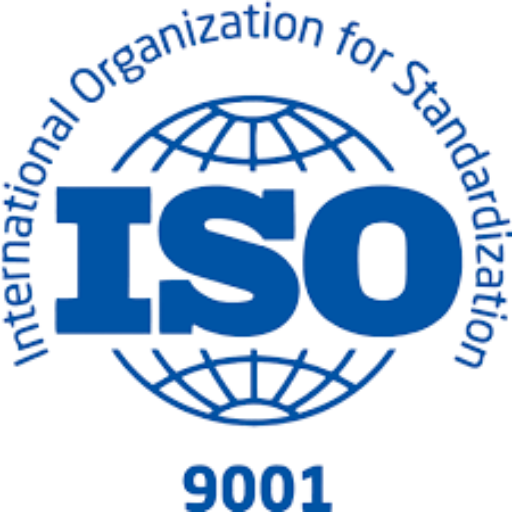
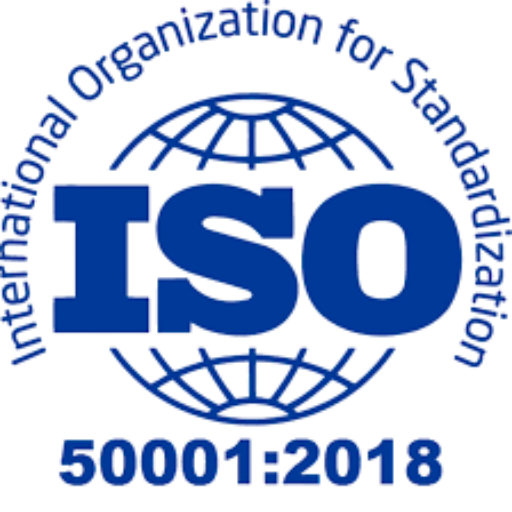

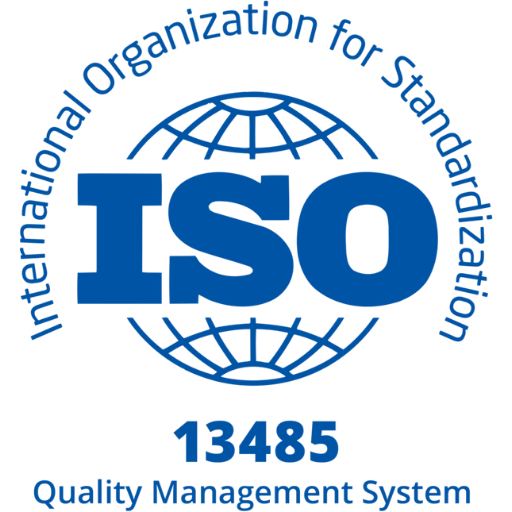

 Business Registration
Business Registration











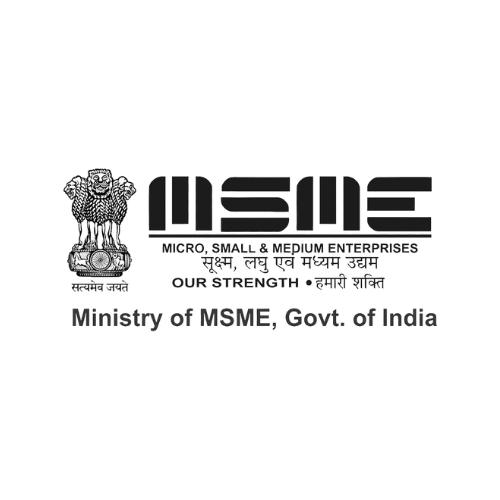

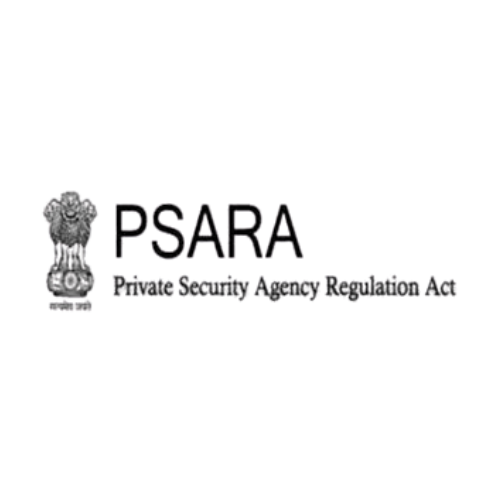
 Legal Services
Legal Services
 Trademark Registration
Trademark Registration
 Copyright Registration
Copyright Registration
 Patent Registration
Patent Registration















